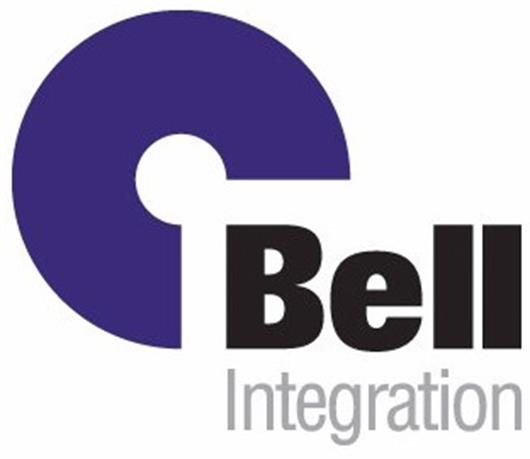 Add My Company
Add My Company
Sign In
Why Cloud is Different
20-02-2020

When I first started working on Cloud Services, my wife was a little confused about what Cloud Services were. She was seeing “Cloud” in the traditional sense and couldn’t work out what meteorological phenomenon had to do with IT – were these services running on aeroplanes, or based in space or something? I explained to her that it just about using services from somebody else’s datacentre – cloud was just a metaphor for an amorphous blob of IT resources.
Except, whilst it may be a humorous story, it isn’t quite true.
Yes, you are using services from somebody else’s datacentre, and whilst these datacentres are state of the art, at the end of the day, they are just datacentres full of servers, storage, connectivity, security systems and so forth – nothing terribly unexpected. What is different is how these resources are presented to the customer and paid for.
Cloud Services grew out of the trend of co-location, where you put your equipment in someone else’s datacentre, and managed services, where you rented the hardware you were using, rather than using your own. This latter service has now metamorphosised into what is more usually known as “Private Cloud”, where you buy or rent hardware in a datacentre and have a dashboard to manage it all. What we are really talking about is the far end of the cloud spectrum, more generally known as “Public Cloud” and available from vendors such as Amazon Web Services (AWS), Microsoft Azure, Google Cloud Platform etc.
What the Public Cloud vendors do is to add an abstraction layer on top of the underlying hardware and package it all up as set of services. This differs from the traditional infrastructure approach in the following key areas –
• Services focus –
Rather than buying hardware, software and connectivity, and putting it together all yourself, you just order services. You need a server, just buy this server services. You need a database, just buy this database service. You need a highly redundant 3-tier application solution, just buy this highly redundant 3-tier application service. Everything is packaged, the vendor manages it all for you and you order it as required. The traditional approach is like buying ingredients and cooking for yourself at home, whereas Cloud Services are more akin to going to a restaurant or getting a takeaway.
• Cost Management –
With Cloud Services, you only pay for the resources you use, or to put it another way, you don’t pay for the resources you aren’t using. No more worrying about having spare capacity in your infrastructure for growth, no more worrying about large CAPEX investments, no more worrying about whether you can afford to start a new project, you just pay for what you use, when you use it and when you have finished with it, you stop paying for it.
• Infinite resources –
You effectively have on-demand access to “infinite” resources. Whilst it isn’t truly infinite, the available capacity in public cloud services means that for most use case, it is effectively infinite. Need a server – make a couple of configuration selections and a few seconds later, your server is ready. Need 100 servers – no problem, here you go. Need a new database cluster – ready in a jiffy. Need a database cluster and 100 servers every Friday morning for 4 hours – what are you waiting for, it’s all here.
• Access to new services –
The public cloud vendors provide a wide range of services on their platforms, which you can make use of without having to invest in the infrastructure to run them. It makes it very easy to just try something out, see if it suits your requirement and then tear it down if it doesn’t. Whilst today you may not need an Oracle database cluster, a face recognition machine learning network, or a satellite ground station data feed, these are all services that are available at the touch of a button and can be tried out with no up-front investment.
Cloud Services are not an all or nothing approach and adopting a hybrid approach, where Cloud Services are used where it makes sense to, is a very popular tactic. Cloud Services also come in many flavours and variants, leading to a congested and complex market, with offerings to suit all tastes. Nevertheless, the most benefits are achieved by using the most cloud-type services, which means the big public cloud vendors. Whilst virtually all workloads can now be hosted on public cloud services, there are still many edge cases where they won’t make sense, so understanding these is also key to a successful adoption.
Of course, just because Cloud Services change the way in which IT is consumed, doesn’t mean it is easy to use. With a huge range of offerings and answers, using these services can be highly complex and confusing. Market leader, AWS, currently offers 196 services across 69 datacentres around the world and it takes significant effort to keep up with it all. This is where Bell comes in – by having detailed knowledge of the available services, we can help our customers make the transition to cloud services, ensure they fully reap the benefits of using these solutions and make the difficult feel easy.
For more information on Why Cloud is Different talk to Bell Integration
Enquire Now
List your company on FindTheNeedle.

